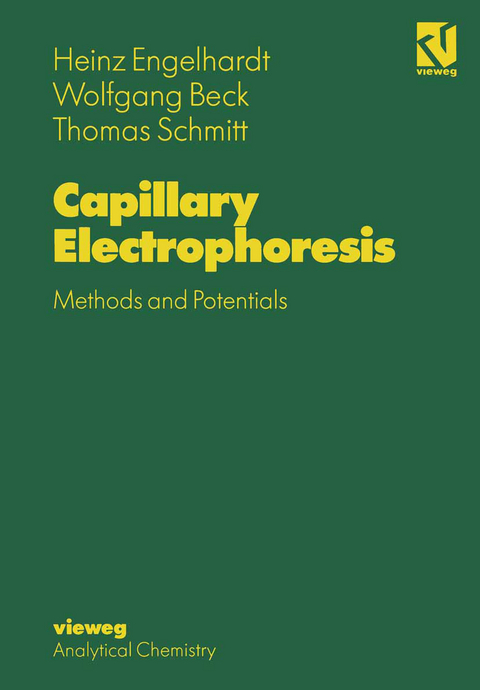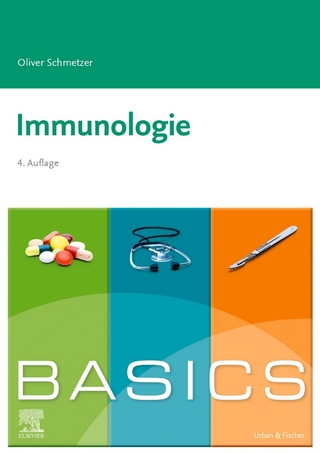
Capillary Electrophoresis
Springer Berlin (Verlag)
978-3-642-85856-7 (ISBN)
1 Introduction.- 2 Principles of Capillary Electrophoresis.- 3 Theoretical Foundations and Their Influence on the Analytical Results.- 3.1 Electrophoretic Migration.- 3.2 Conductivity.- 3.3 Electroosmotic Flow.- 3.4 Band Broadening.- 4 Instrumentation.- 4.1 Power Supply.- 4.2 Capillaries.- 4.3 Sample Introduction.- 4.4 Thermostating.- 4.5 Detection.- 4.6 Special Problems of Quantitative Analysis in CE.- 5 Capillary Zone Electrophoresis (CZE).- 5.1 Principles of Optimization in CZE.- 5.2 Indirect Detection Methods in CE.- 5.3 Capillary Zone Electrophoresis of Proteins.- 6 Micellar Electrokinetic Chromatography (MEKC).- 6.1 Fundamentals of MEKC.- 6.2 Optimization of Resolution.- 6.3 Selection of the Detergent.- 6.4 Separations by MEKC.- 7 Separation of Enantiomers by CE.- 7.1 Enantiomeric Separations with Cyclodextrins as Chiral Selectors.- 7.2 Other Separation Systems.- 8 Capillary Gel Electrophoresis (CGE).- 8.1 Acrylamide-based Gels.- 8.2 Polysaccharide-based Gels and other Polymers.-8.3 Migration Models of Biopolymers in Polymer Solutions.- 9 Isoelectric Focusing in Capillaries (CIEF).- 10 Other Separation Techniques in CE.- 10.1 Isotachophoresis (ITP).- 10.2 Electrochromatography (EC).- 11 A Troubleshooting Guide to CE.- 11.1 Determination of the Problem Source.- 11.2 Scenarios of Problems: "What to do if...".- 12 Literature Index.- 12.1 Literature Cited.- 12.2 Additional Literature Sources.- 13 Acknowledgement.
| Erscheint lt. Verlag | 12.6.2012 |
|---|---|
| Übersetzer | G. Gutnikov |
| Zusatzinfo | X, 215 p. 19 illus. |
| Verlagsort | Berlin |
| Sprache | englisch |
| Maße | 170 x 244 mm |
| Gewicht | 401 g |
| Themenwelt | Medizin / Pharmazie ► Medizinische Fachgebiete |
| Studium ► Querschnittsbereiche ► Infektiologie / Immunologie | |
| Naturwissenschaften ► Chemie ► Analytische Chemie | |
| Technik ► Lebensmitteltechnologie | |
| Schlagworte | 3528066687 • Infectious Diseases |
| ISBN-10 | 3-642-85856-2 / 3642858562 |
| ISBN-13 | 978-3-642-85856-7 / 9783642858567 |
| Zustand | Neuware |
| Haben Sie eine Frage zum Produkt? |
aus dem Bereich


